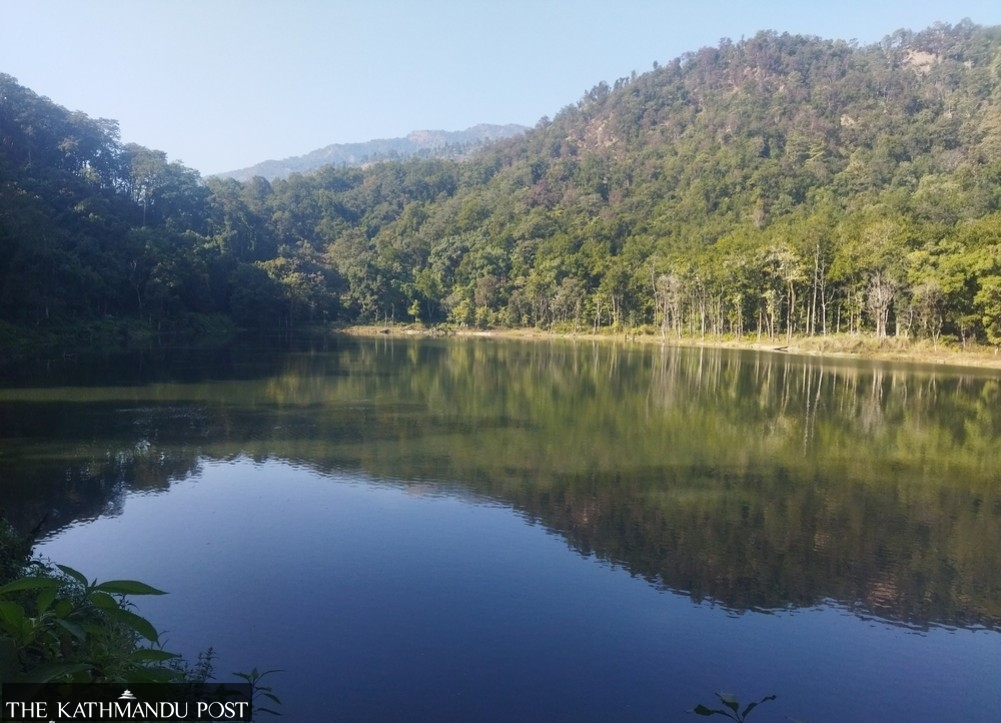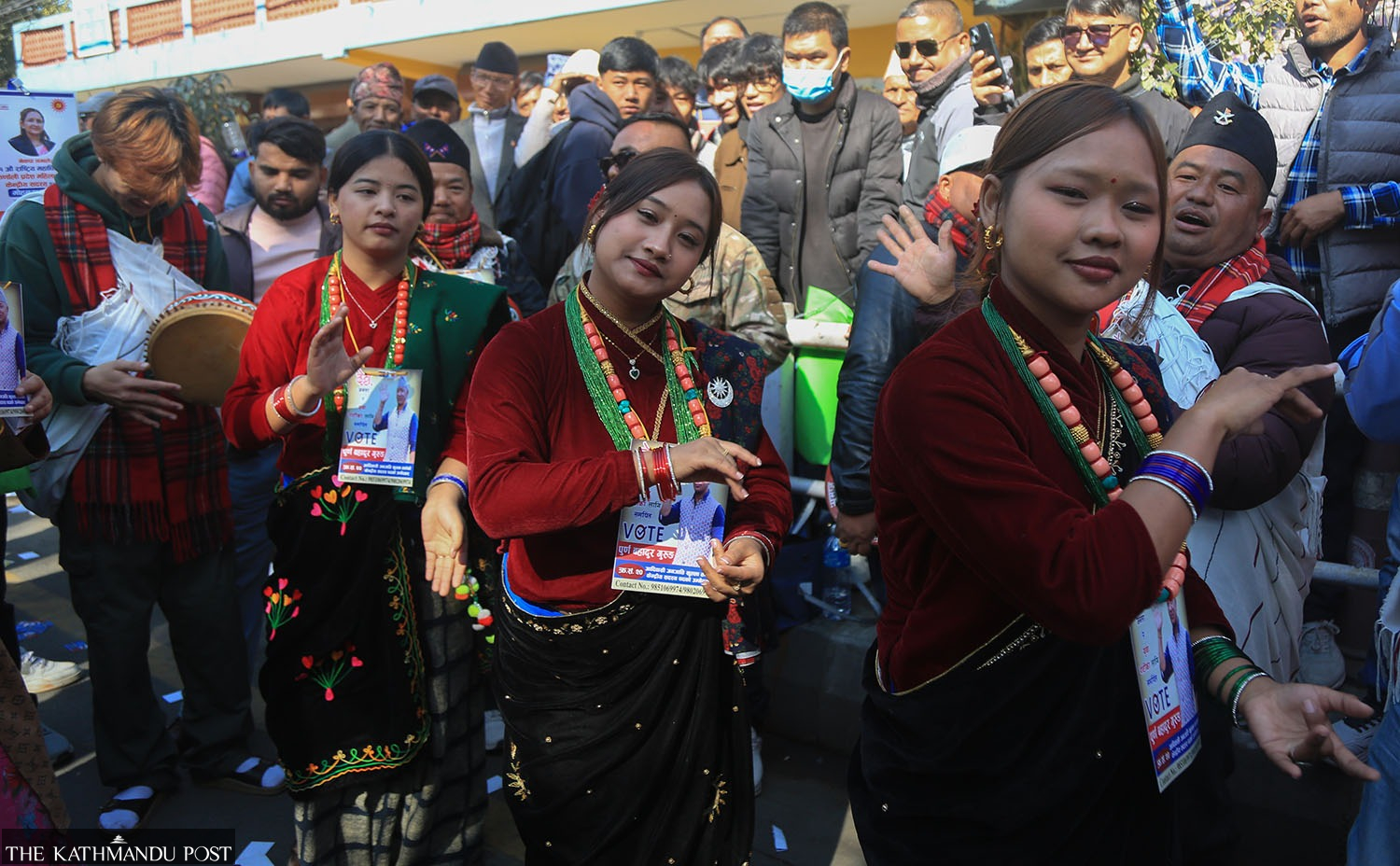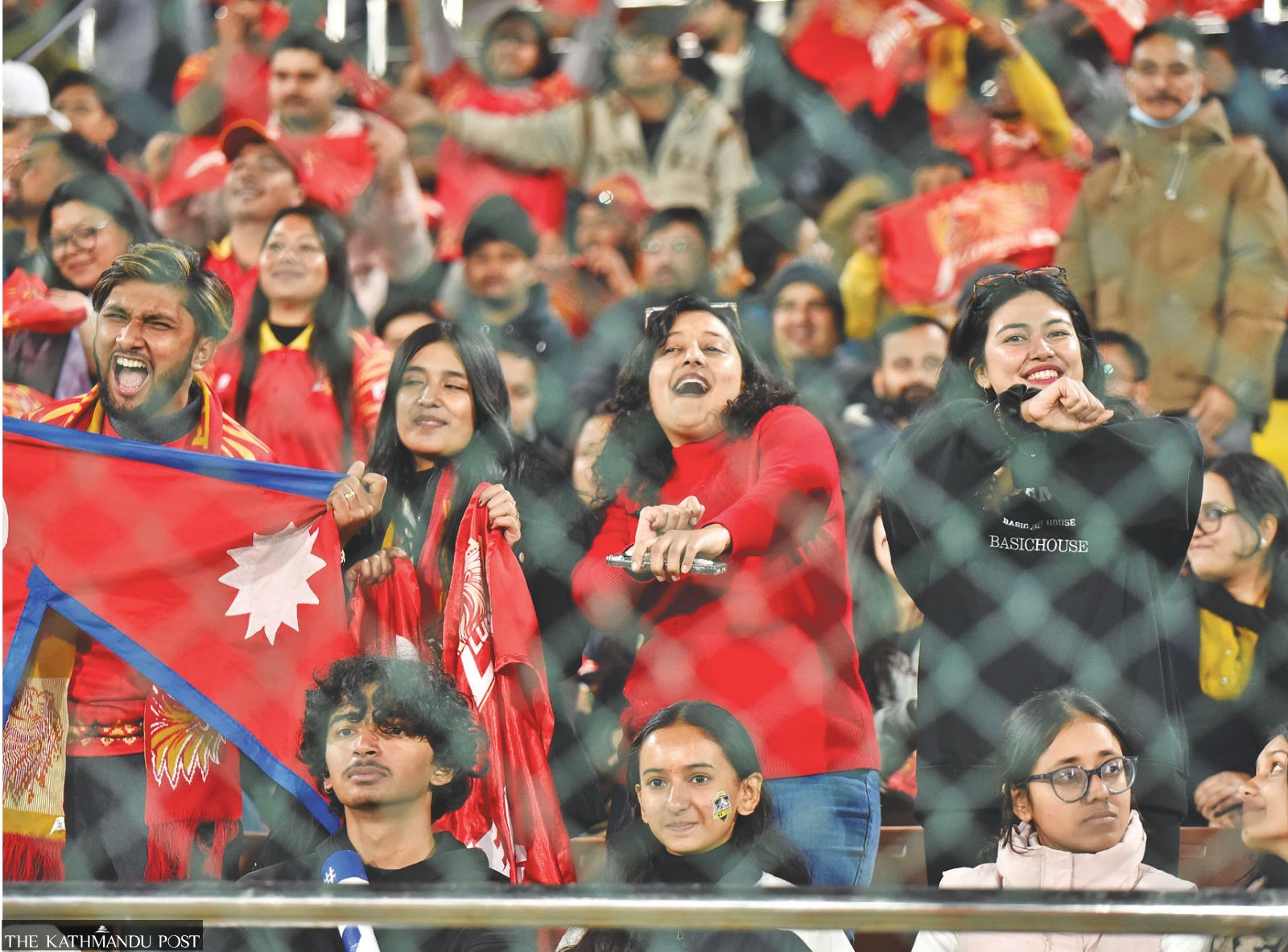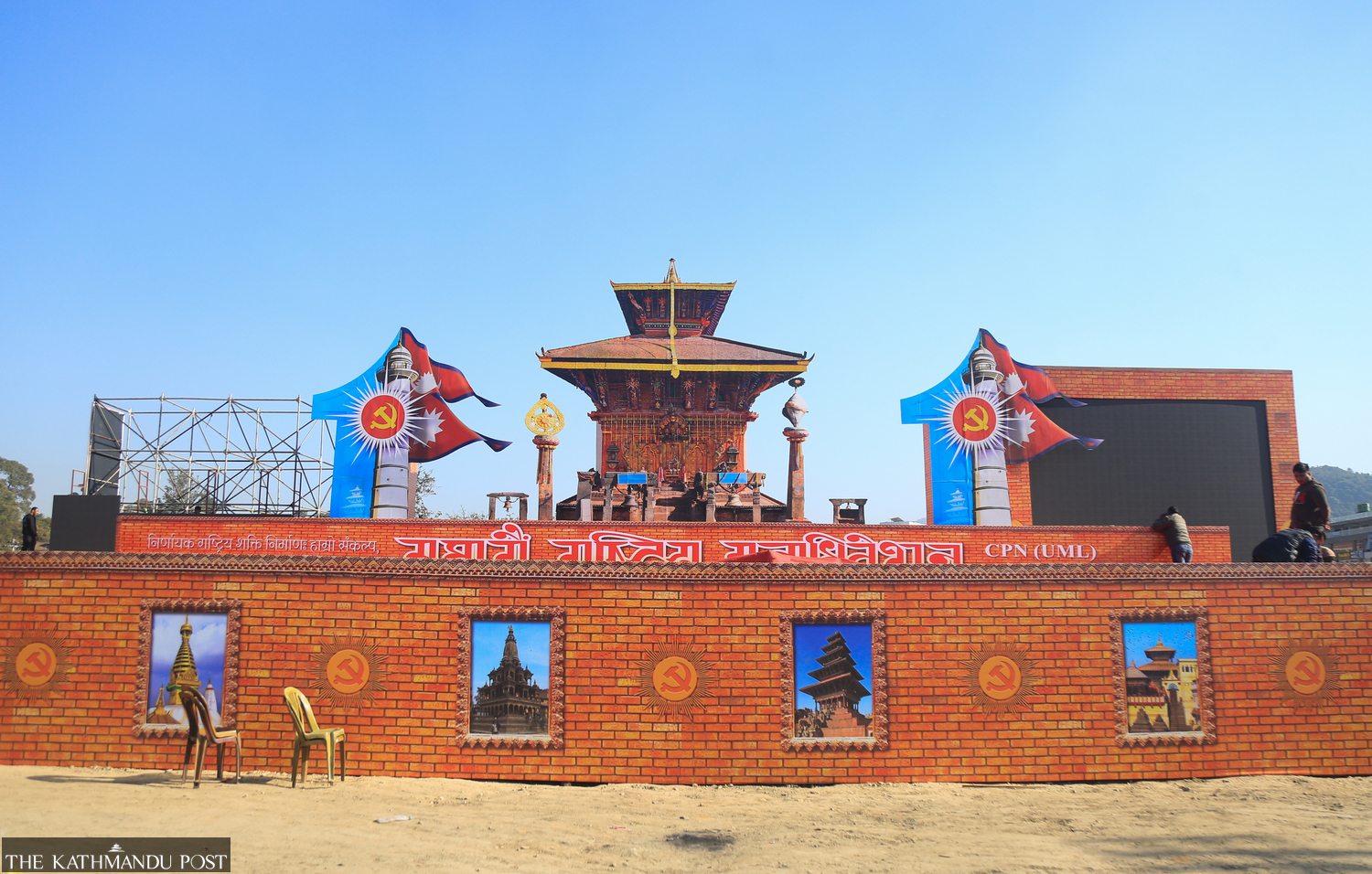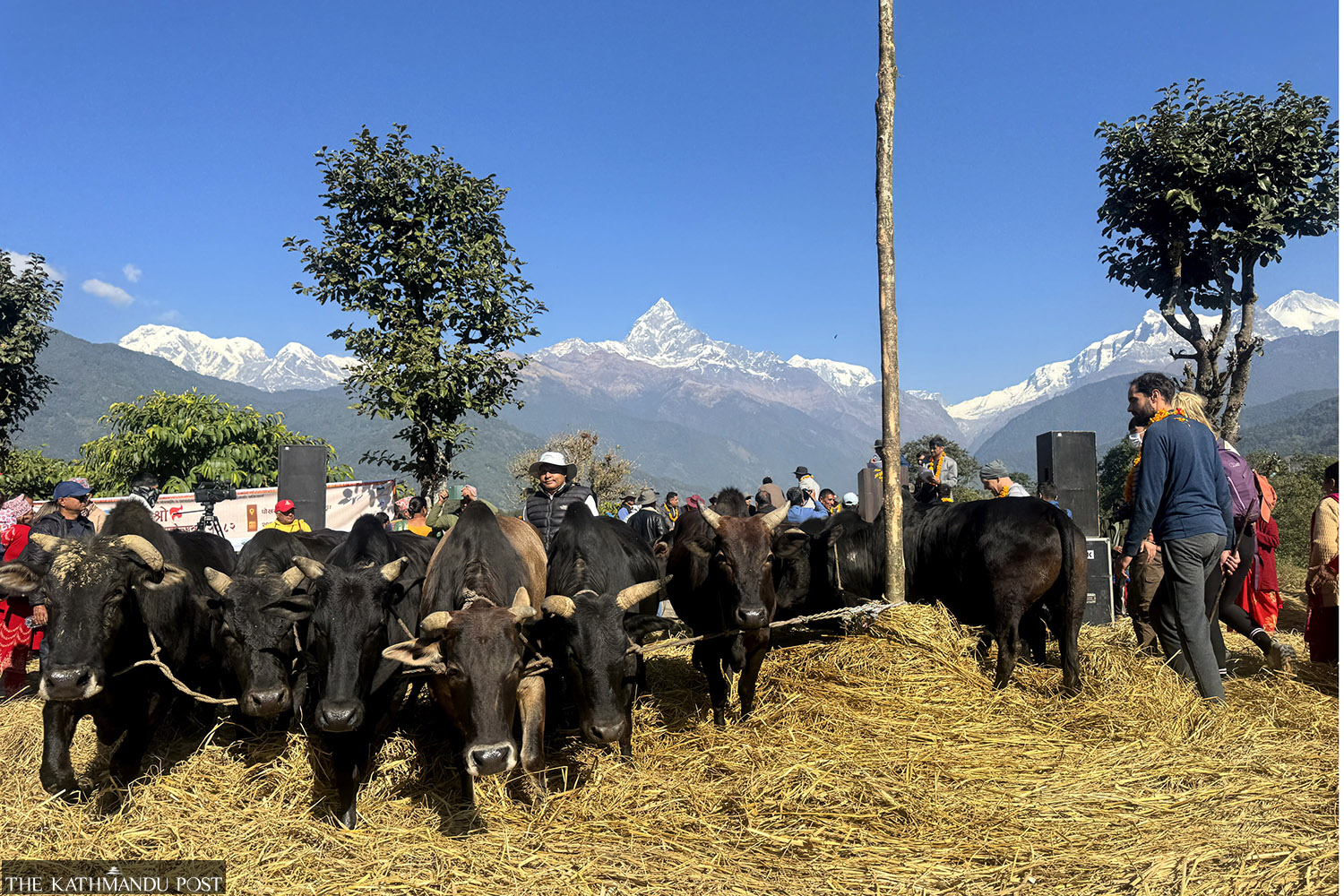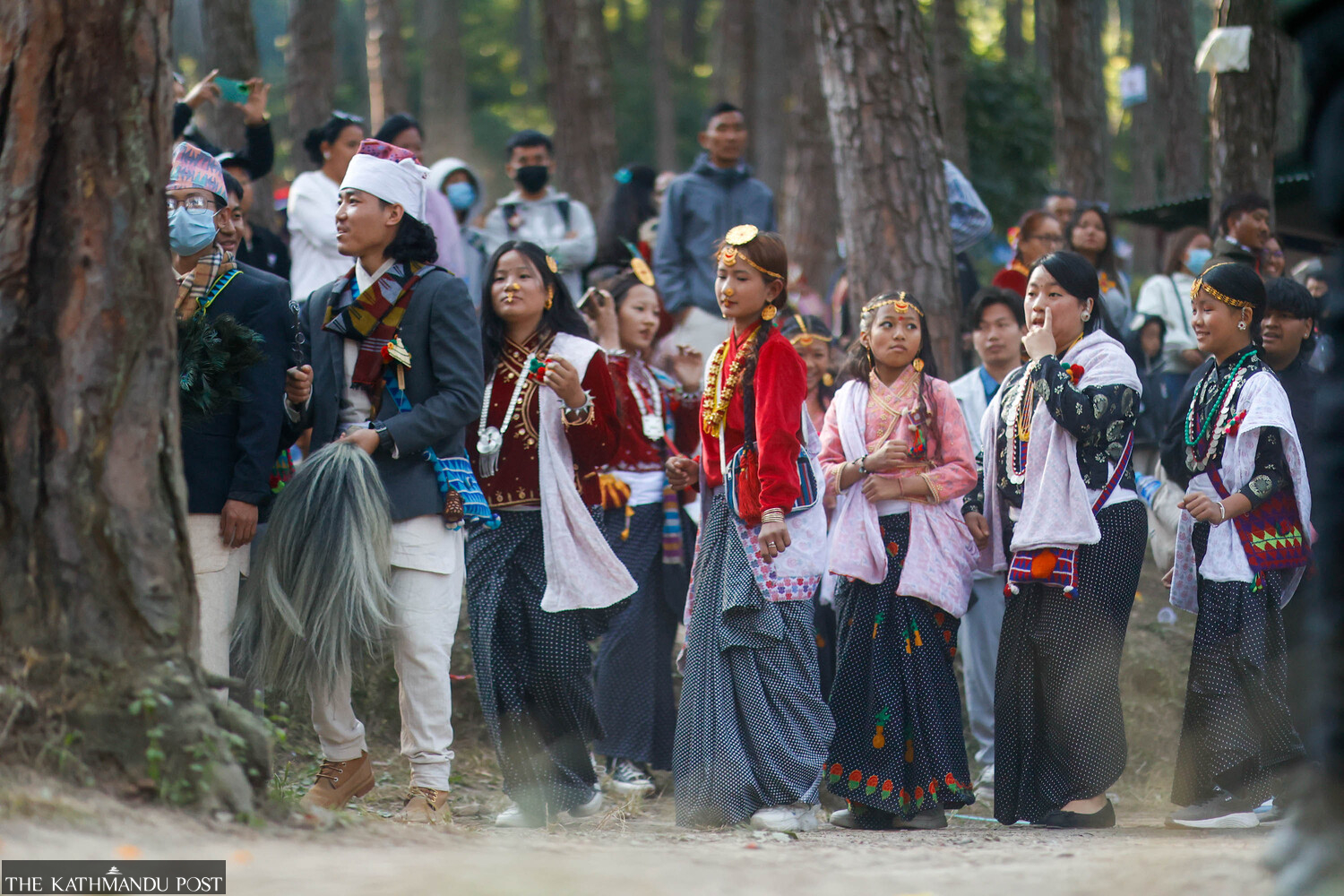Visual Stories
Once upon a time in Tihar
These photos show the celebration of the festival across Nepal when times were simpler.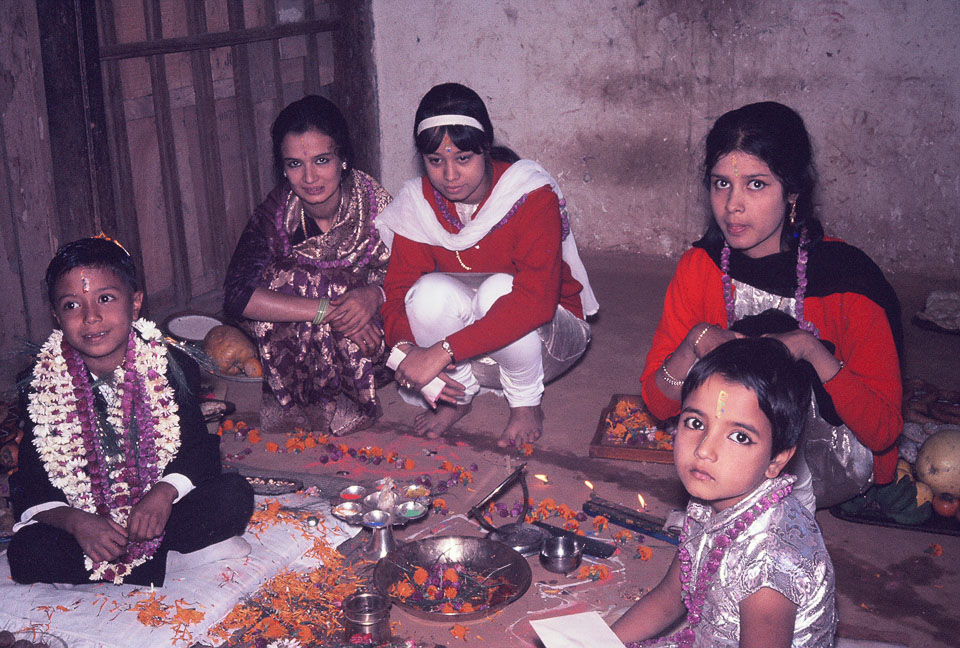
Post Report
The festival of Tihar evokes the images of lights, flowers and selroti. Tihar or Yamapanchak, is also popular among Nepali speaking communities from various states in India. Each day of the five-day festival, predominantly observed by Hindus and Buddhists, is dedicated to the worship of the living—from crows, dogs, cows, bulls to self. Among them, crows and dogs are also considered as the messengers of Yama, the god of death, according to Hindu mythology.
The festival, also known as Deepawali, or Diwali in the southern part of the country, has become synonymous to the festival of lights. People illuminate their homes with traditional butter lamps, especially on the day of Laxmi Puja, an invitation for the goddess of wealth and prosperity, into their abodes.
But with changing times, the traditions have also been tweaked and changed. Oil or butter lamps are conveniently replaced by the modern electric lights. The deusi-bhailo carols have also seen a shift with the use of loudspeakers and electric instruments rather than being a simple affair with the groups of 4-to-5 members singing traditional songs.
The last day of the festival is observed as Bhai Tika, a day regarded as a celebration among brothers and sisters. Based on the myth that a sister was able to bargain for her brother’s life from the god of death on this very day, sisters worship their siblings and offer them fruits, Bhai masala (an assortment of dry fruits) and different sweet and savoury dishes, and pray for their longevity.
One of the specialities of this festival is, it is celebrated and interpreted by different ethnicities all over the country in their own ways. It imbues the idea of diverse cultures coming together for a celebration. The following photos, captured by US Peace Corps volunteers in the 1960s and 70s, show Nepalis celebrating Tihar at a different period in history.
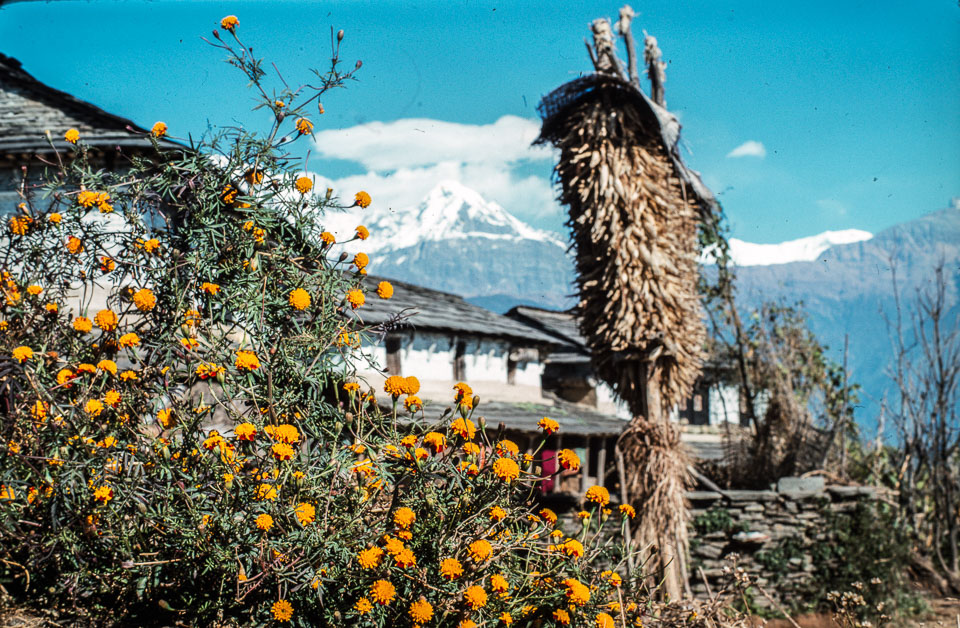
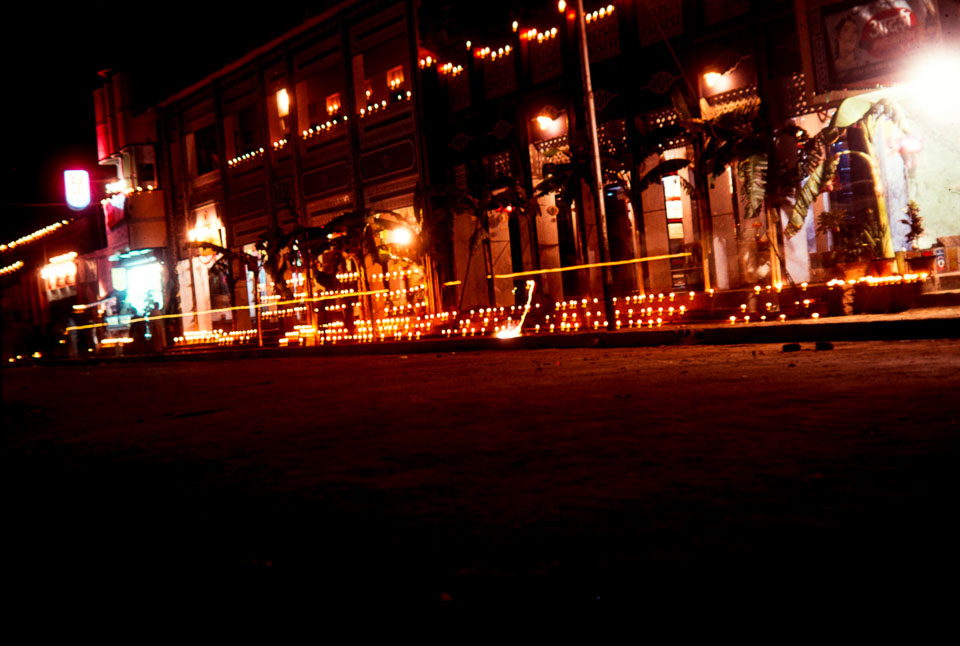
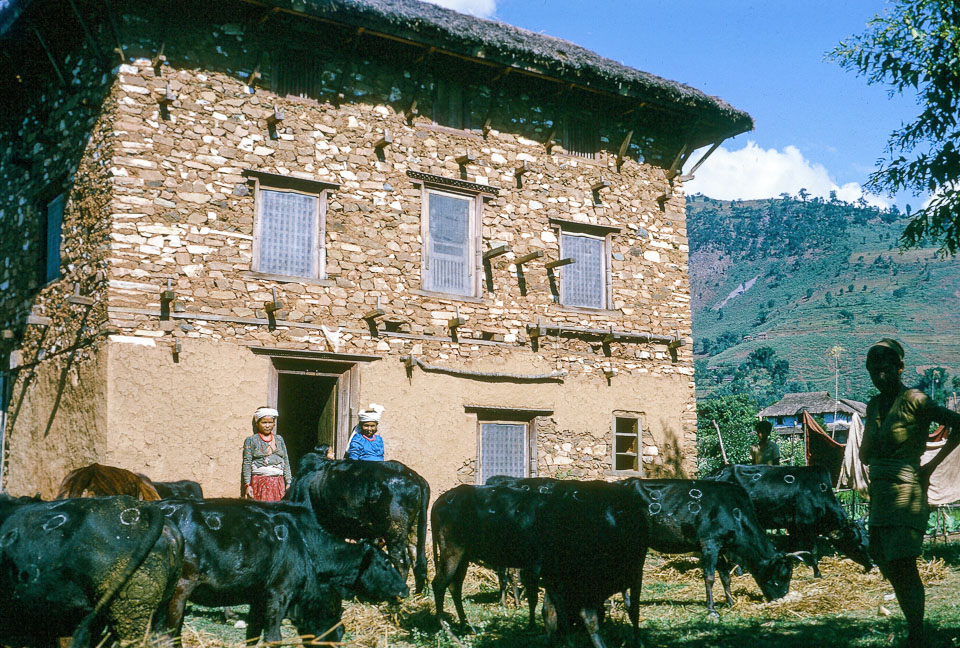
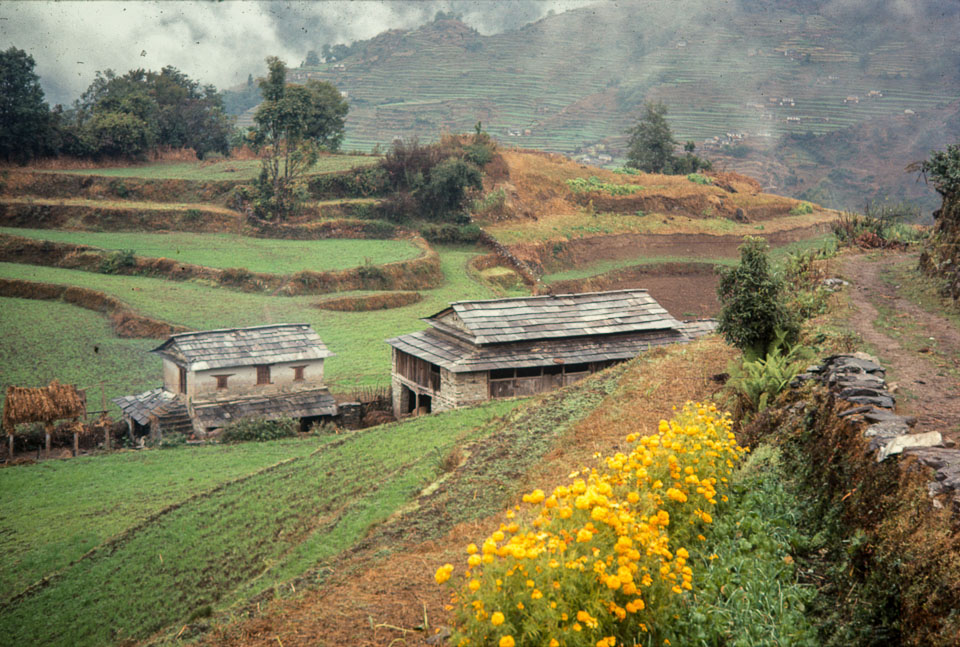
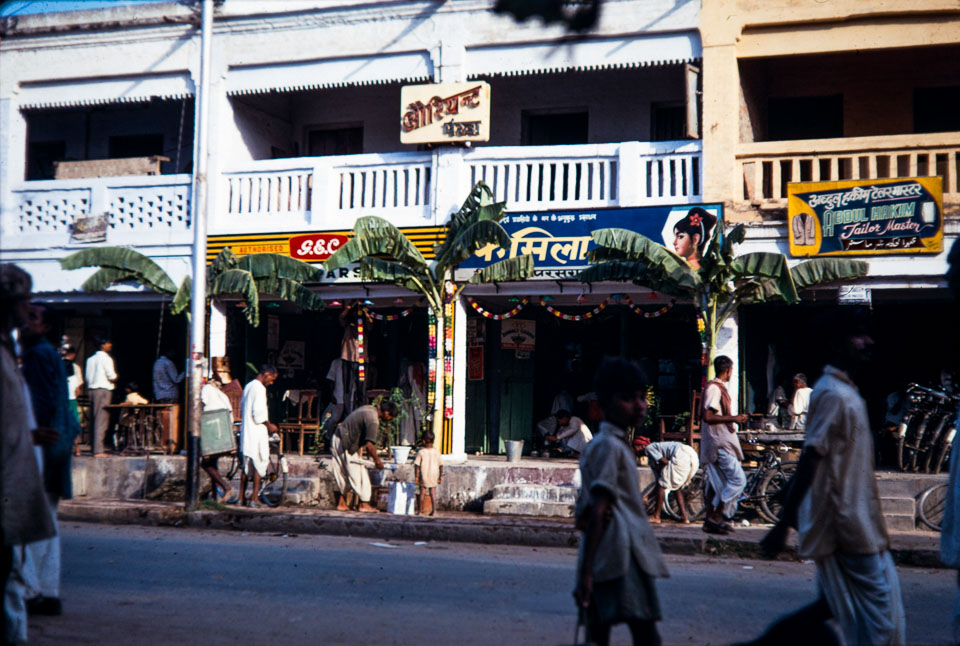
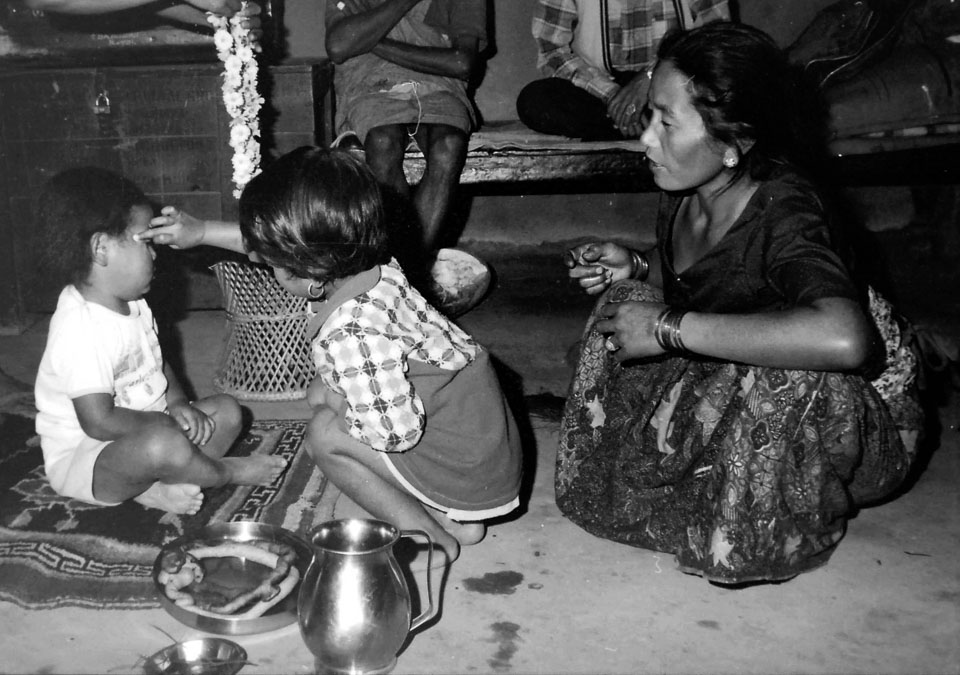
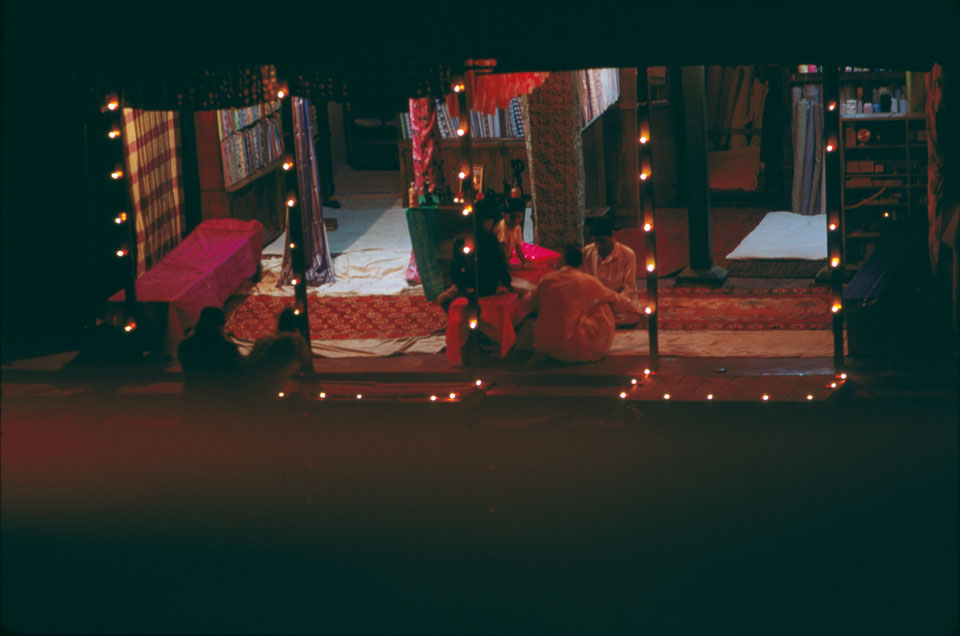
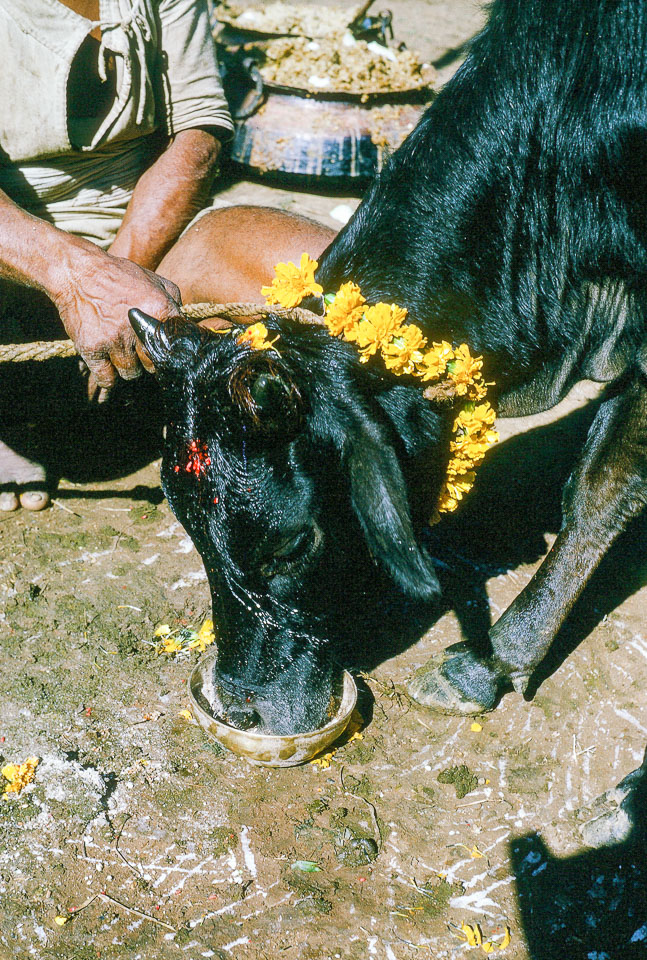
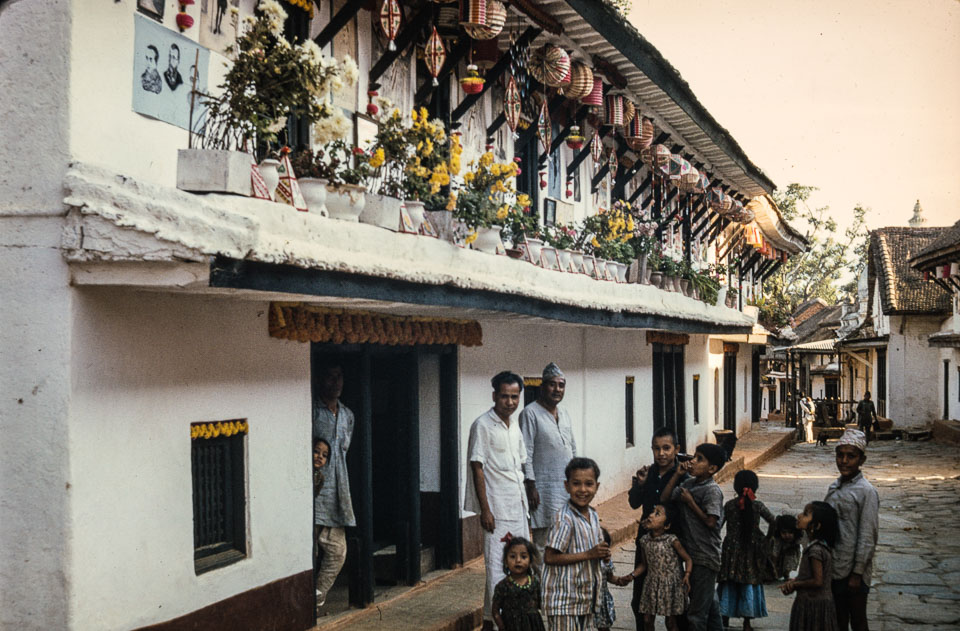
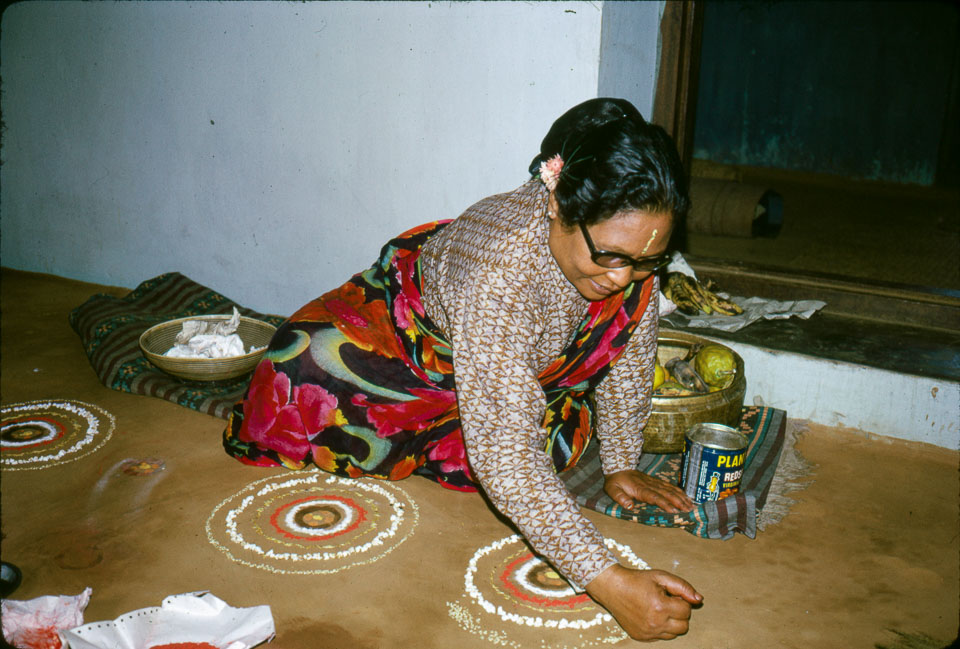
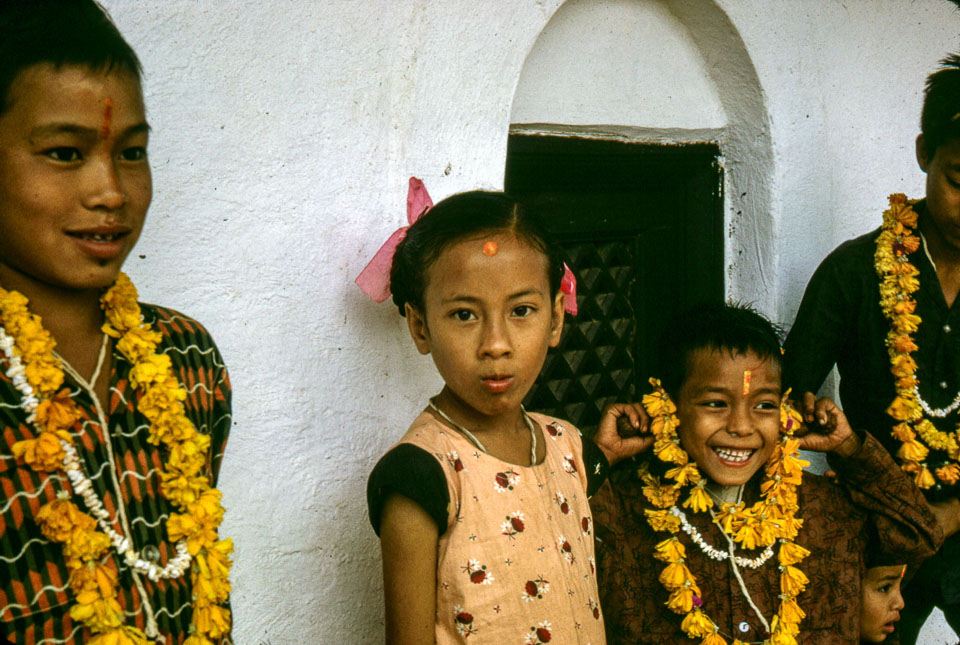
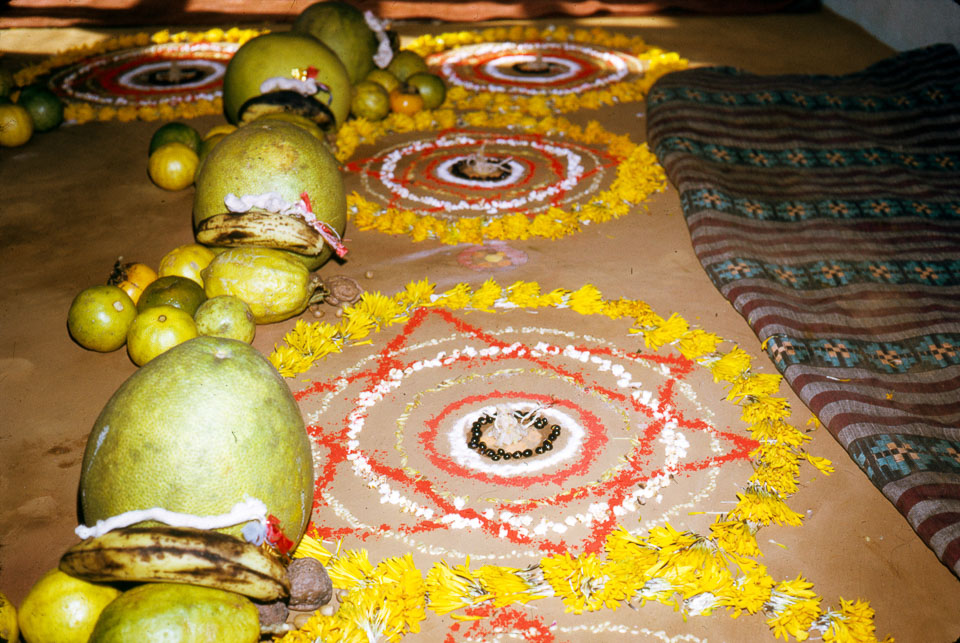
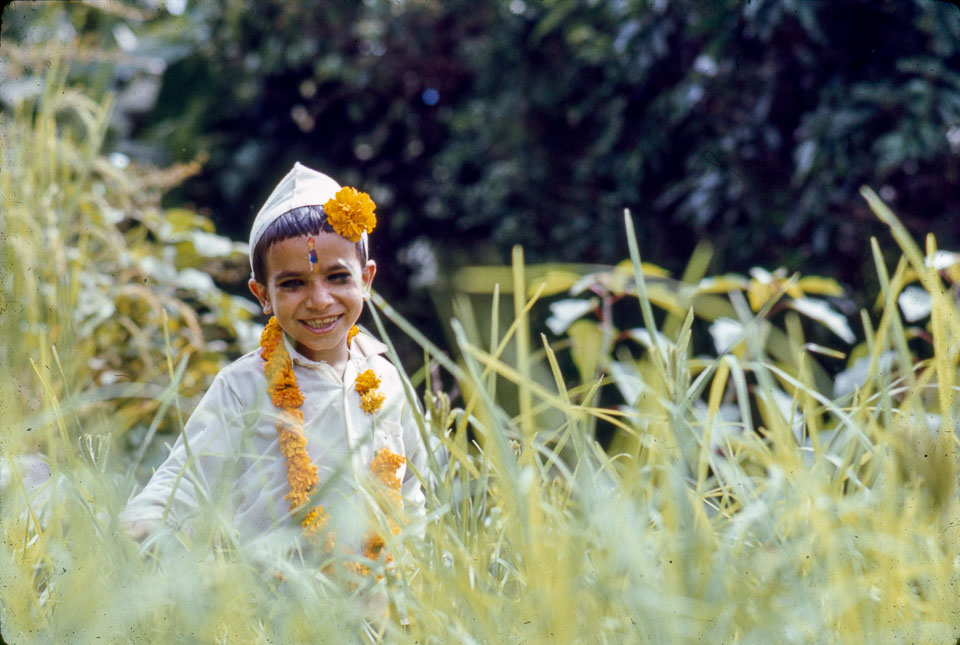
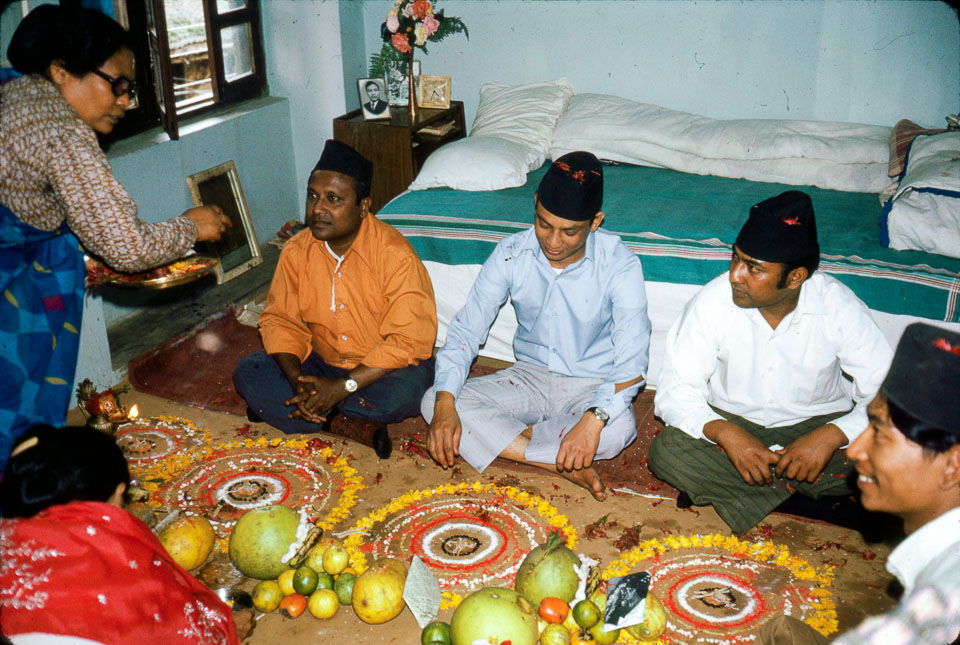
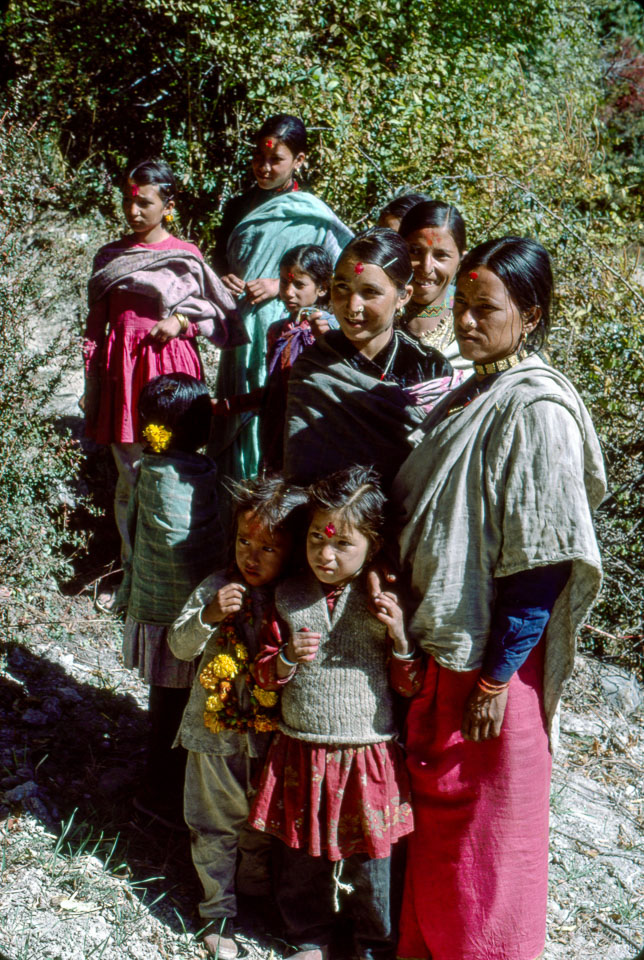
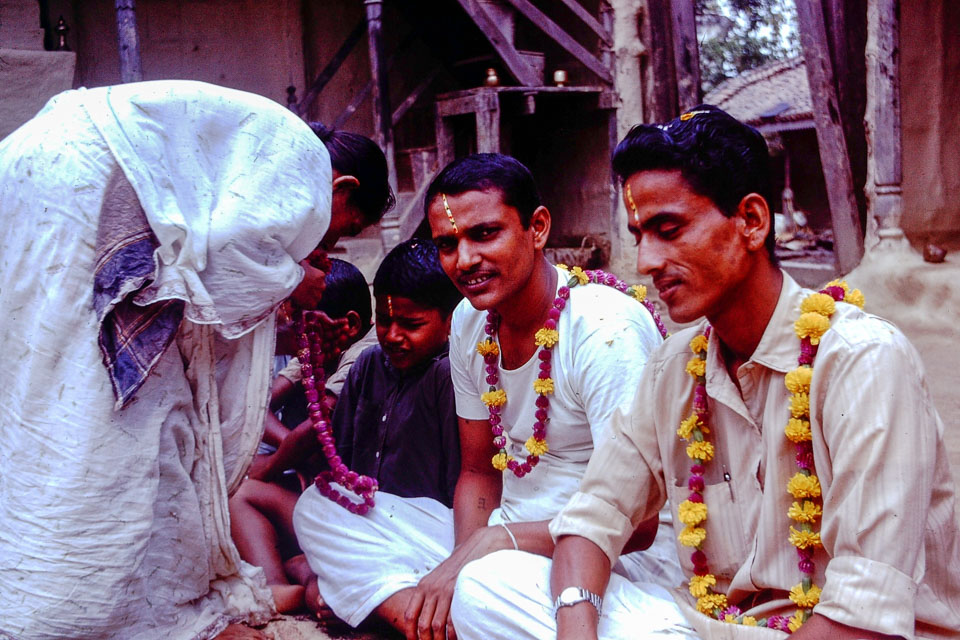
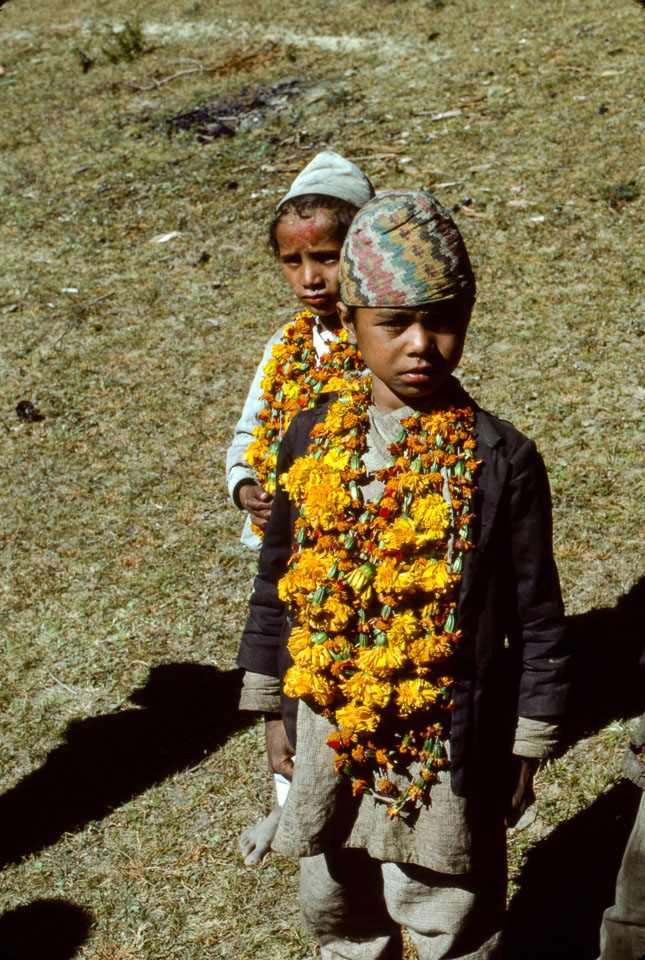
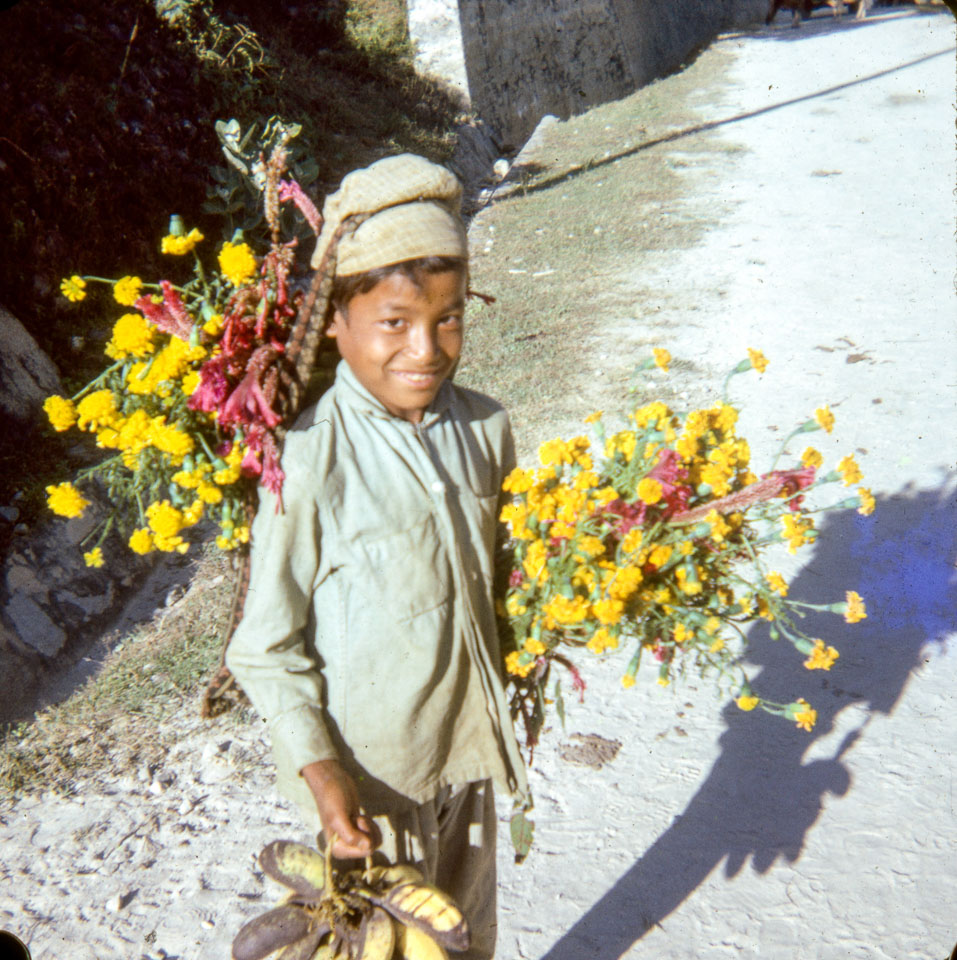
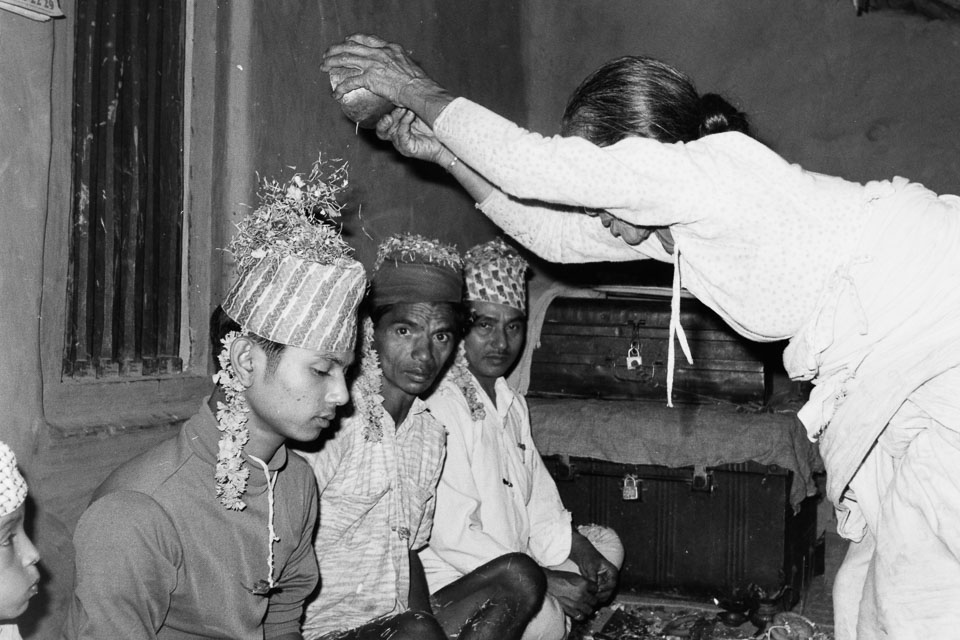
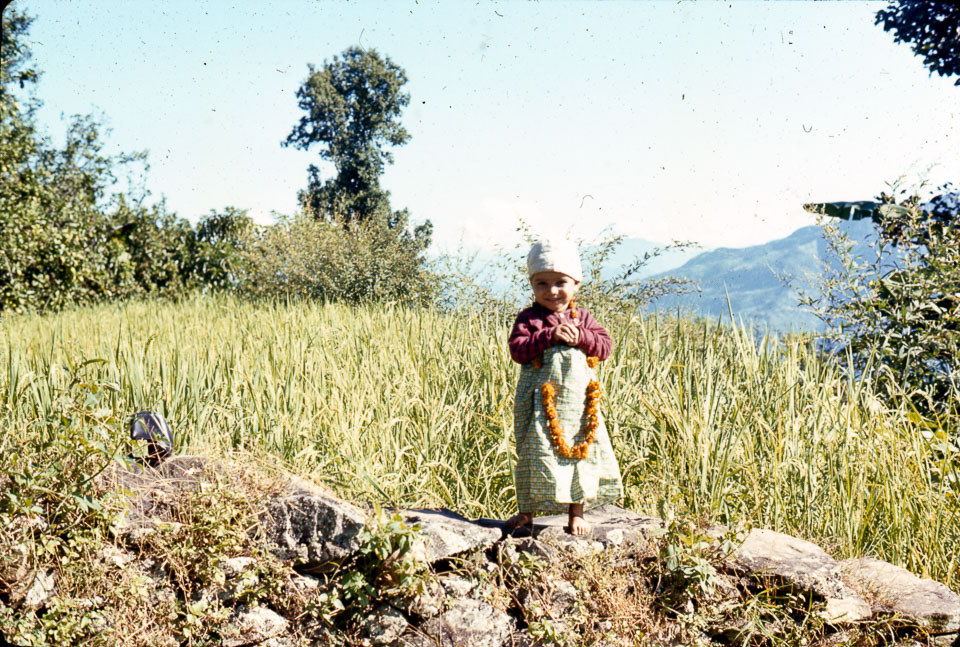
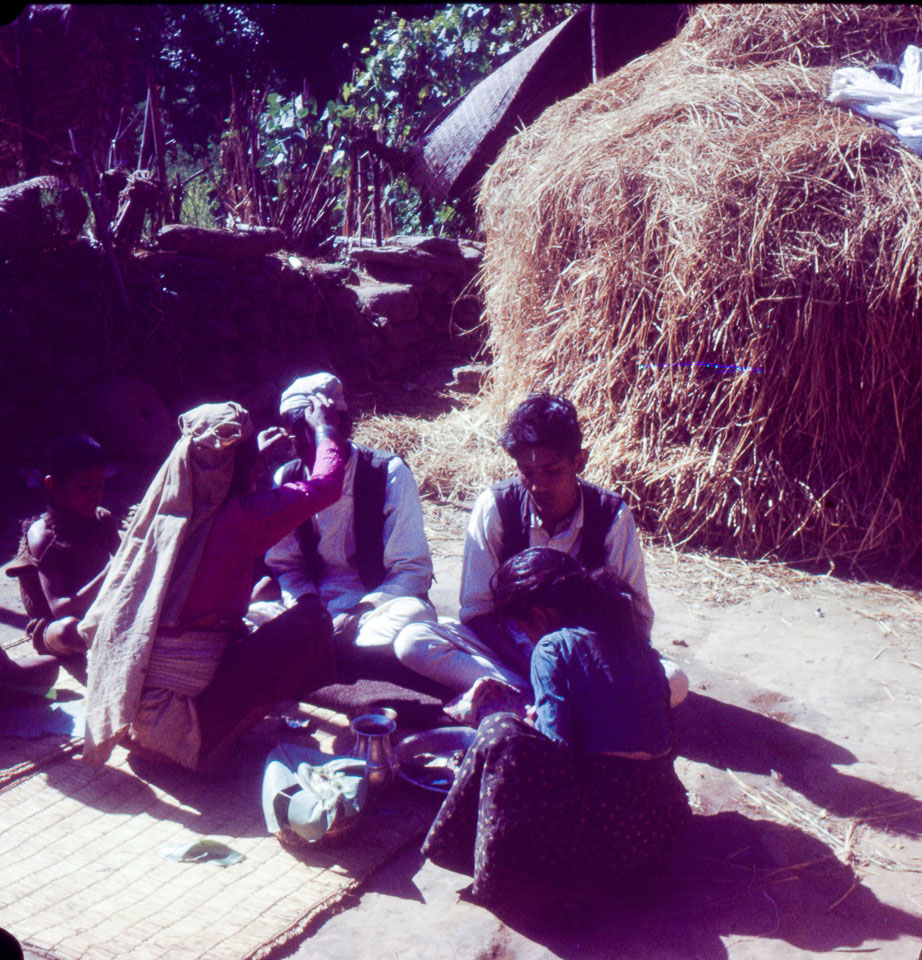
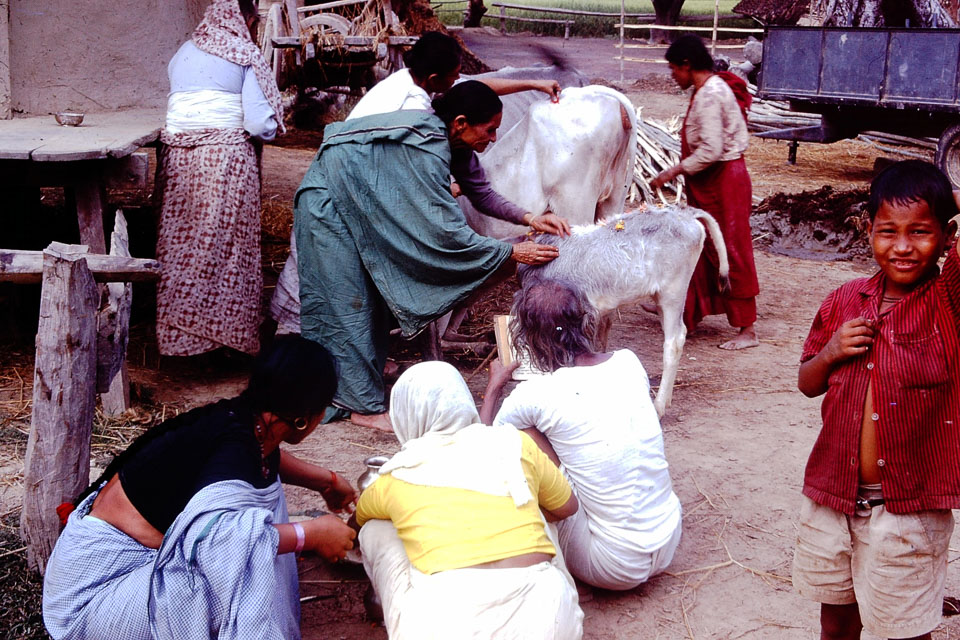
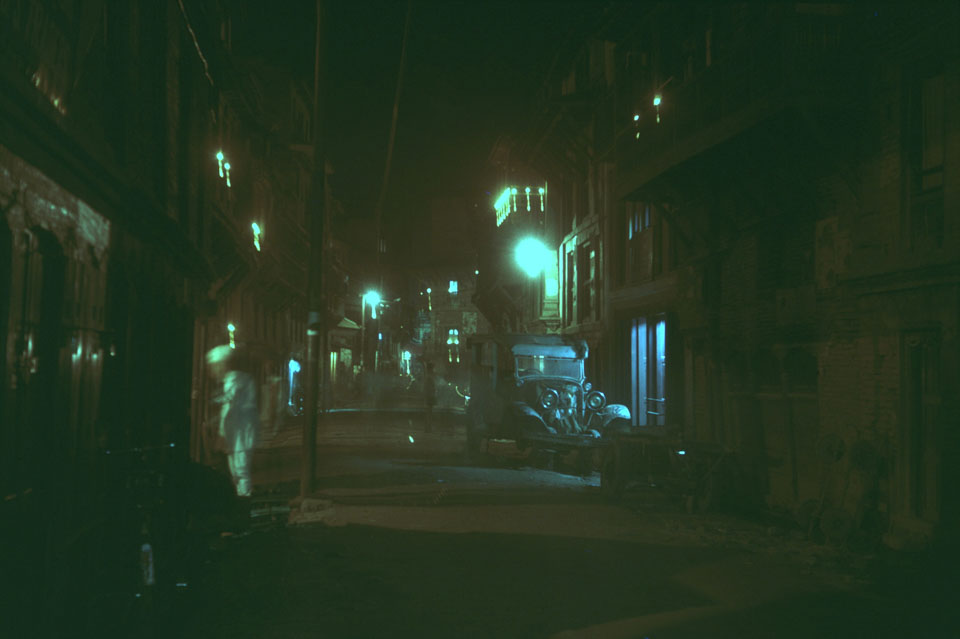
This photo essay is part of our Once Upon a Time series, featuring photographs taken by US Peace Corps volunteers in the 1960s. To see more photo essays in the series, visit tkpo.st/eka-deshma




 18.12°C Kathmandu
18.12°C Kathmandu